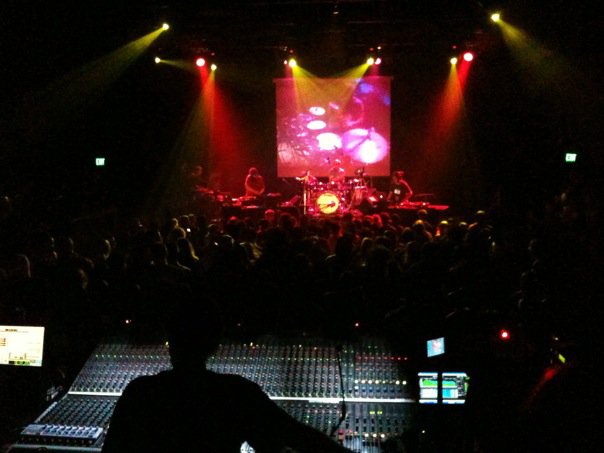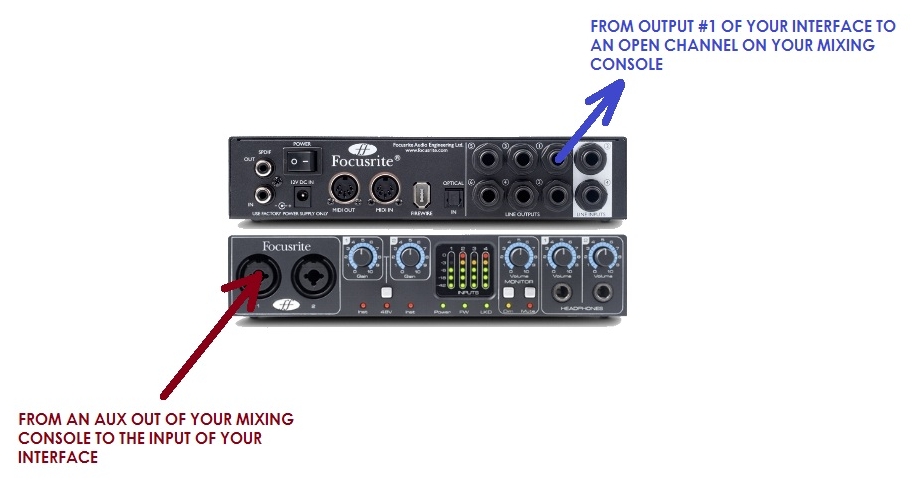|
**Disclaimer: This article is written for PC users, although you can find a free VST host for Mac here, or here - and accomplish the same thing. You may also be able to use a wrapper for non-VST plugins, but I have not tested this out as of yet for this purpose. So, for our last installment of "Cool Live Sound Tricks," we discussed how to set up an echo/reverb chamber at a live venue for another reverb option when mixing. This week, we are going the opposite direction. Some of you love recording and invariably have collected some great sounding plugins you use on a constant basis to get the mix you want. Some of you may not know that it is very easy to incorporate them in a live setting. For this particular tutorial, we are going to be using VST plugins for 2 reasons: 1. You can find them super cheap (or free) in numerous places on the web. 2. Finding a host that will work live is super easy and quick because there's allot of development around the VST format in that area. Step 1: You'll Need the Following Supplies - a. A mixing console (this is a given). b. An audio interface c. A computer d. VST Plugins e. A program called VST Host. Here is a list I came up with a while back that lists some of my favorite free VST plugins. If you look around on KVR, you can find even more cool stuff! Step 2: Watch This Video To Learn How to Set It Up - Note: If you use this for a dynamics processor or drum replacement, you will want to run the interface as an insert and not off of an Aux. Also Note: VST Host can used with multiple plugins - on the video I just show one for brevity sake, but you can use more than one if you'd like. You can also use this program as a host for instrument VSTs. It can receive and send MIDI as well. Experiment, Play With It, Have Fun! Rock On...
0 Comments
Your comment will be posted after it is approved.
Leave a Reply. |
Do you like vintage recording gear and articles? You should visit our sister site: The Vintage Audio Portal!
**Advertise With Us! We have thousands of visitors a day. Contact us here to learn more.
Archives
August 2021
Categories |


